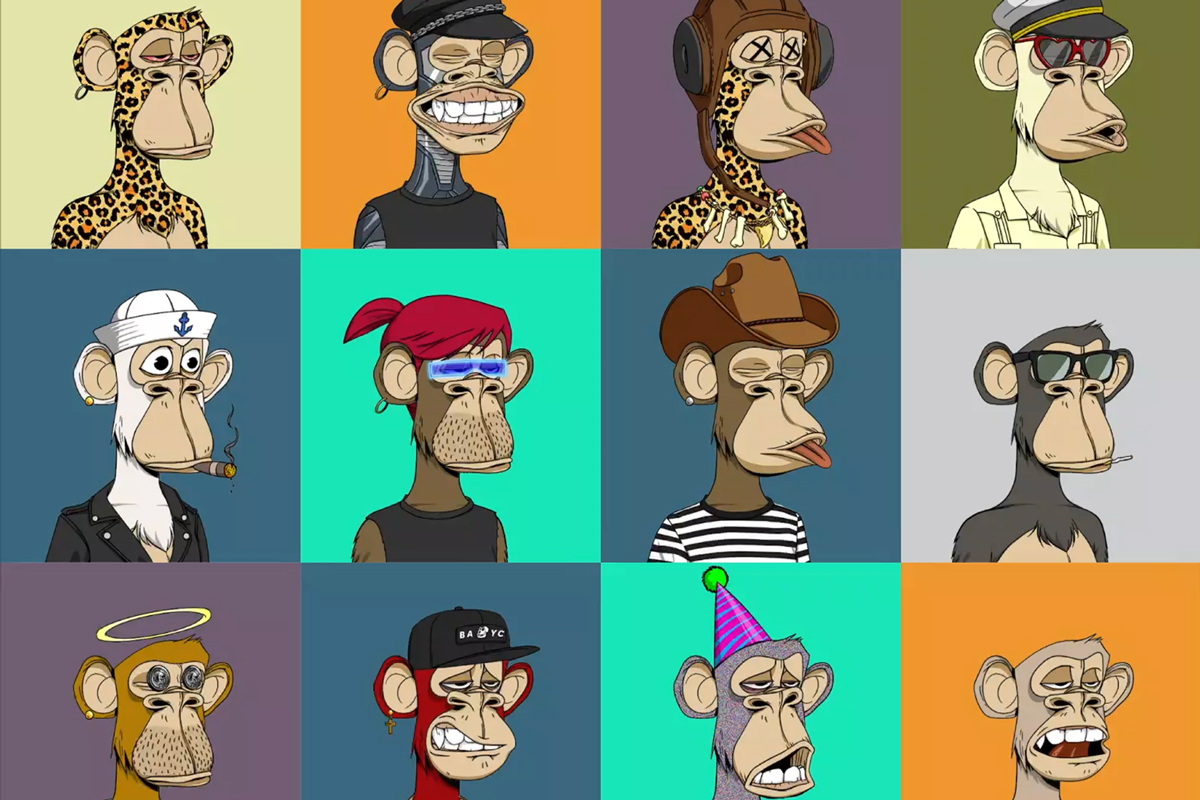The Rise and Fall of NFTs: Why Most Digital Collectibles Are Now Worthless
Remember when NFTs took the world by storm, selling for millions of dollars and captivating the art and crypto communities? It was an unprecedented era of hype, with artists, celebrities, and investors jumping on the bandwagon to capitalize on this new digital gold rush.
Fast forward to today, and the landscape of NFTs has drastically changed. Recent reports suggest that a staggering 95% of digital collectibles are now potentially worthless, leaving many wondering what went wrong.
The NFT Bubble Bursts: Lessons Learned
When NFTs first gained widespread attention, they offered a unique opportunity for artists to monetize digital art and for collectors to own exclusive pieces in the digital realm. Sales records reached dizzying heights, with artists like Beeple selling an NFT artwork for a mind-boggling $69 million.
However, as with any speculative market, the hype eventually subsided, and reality set in. Many NFT projects turned out to be nothing more than quick cash grabs, lacking substance and long-term value. Inflated prices and a frenzy of speculation led to unsustainable growth, ultimately causing the bubble to burst.
Skeptics argued that NFTs were simply a passing trend, a digital fad that would eventually fade away. While it’s true that the market has cooled down considerably, it would be wrong to dismiss the concept of NFTs entirely. The technology has the potential to revolutionize digital ownership and empower artists in unimaginable ways. However, the recent reckoning has shed light on the need for more scrutiny, quality control, and value assessment in the NFT space.
Looking Towards a Sustainable Future
So, what does the future hold for NFTs? While the market correction has weeded out many questionable projects, it has also paved the way for a more sustainable and discerning approach to digital collectibles.
Industry experts believe that the key to a successful and enduring NFT ecosystem lies in fostering authenticity, rarity, and utility. Collectibles that hold real-world value, such as limited edition concert tickets or backstage passes, are more likely to retain their worth over time. Additionally, NFTs that offer utility beyond ownership, such as granting access to exclusive content or experiences, stand a higher chance of remaining relevant.
As the dust settles and the NFT market finds its footing, investors, artists, and collectors are gaining a clearer understanding of what makes a valuable and lasting digital collectible. With increased education and awareness, the days of indiscriminate speculation may be behind us, making room for a more mature and sustainable NFT landscape.
In conclusion, while it’s true that the majority of NFTs may currently hold little to no value, this market correction serves as an important lesson for the future. By focusing on quality, authenticity, and utility, the NFT industry can evolve into a more respectable and lasting form of digital ownership and art collection.




